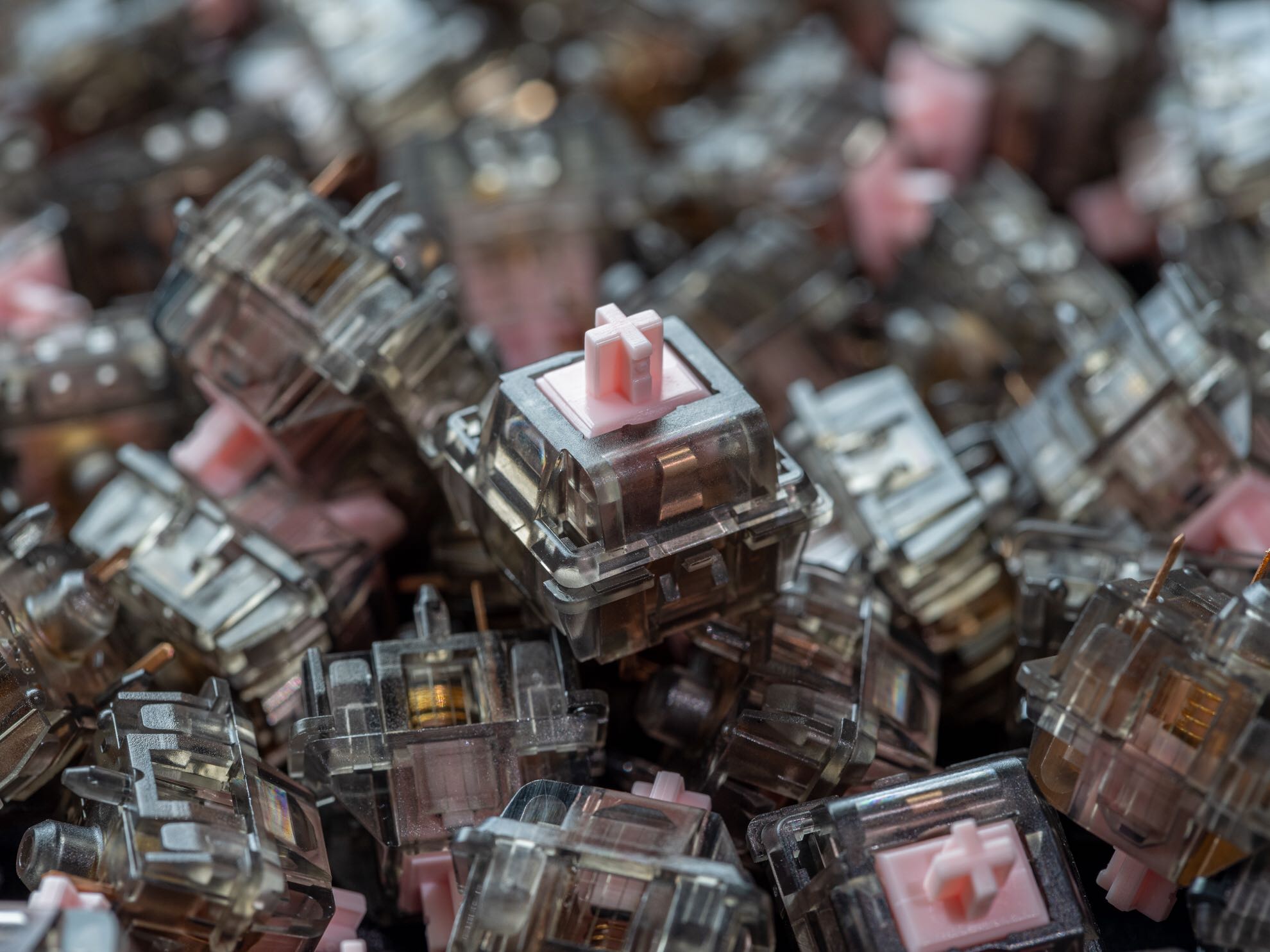Curious about mechanical keyboards but not sure where to start? Nothing wrong with that; with the growing number of options available to consumers, keyboards have become a surprisingly complicated and daunting hobby to get into. The switches of a keyboard, largely the primary reason behind purchasing a mechanical keyboard, can be especially uninviting given the sheer number of varieties you have to choose from.
These days, new custom switches are being churned out all the time. You may be wondering what "tangies" or "filmed alpacas" are, but unfortunately I can't explain the minute differences between all the random bespoke switches that people make these days—mostly because I don't like buying random bags of loose switches. There are far too many switches of varying quality, from different manufacturers, built for different PCBs, that it's impossible to nail them down comprehensively in one short article. Instead, I'll explain all the mainstream options, and cover some of the terms you might encounter should you decide you want to invest in particularly boutique plastics.
Types of switches
There are two main types of switches: rubber dome and mechanical. Rubber dome is exactly as it sounds, and is usually found in cheaper keyboards, especially of the chiclet variety like those found on laptops. They typically have an extremely short travel distance, or the maximum distance it can travel when pushed down. These tend to be extremely quick for typing purposes, but due to the lower profile, they're not very satisfying or accurate. Many people also find them tiring to type on for extended periods of time, due to bottoming out, which means that you're hitting the bottom of the keyboard every time you hit the switch. The only notable "hobbyist" rubber dome switch is Topre, which is a special sort of rubber dome that uses black magic.
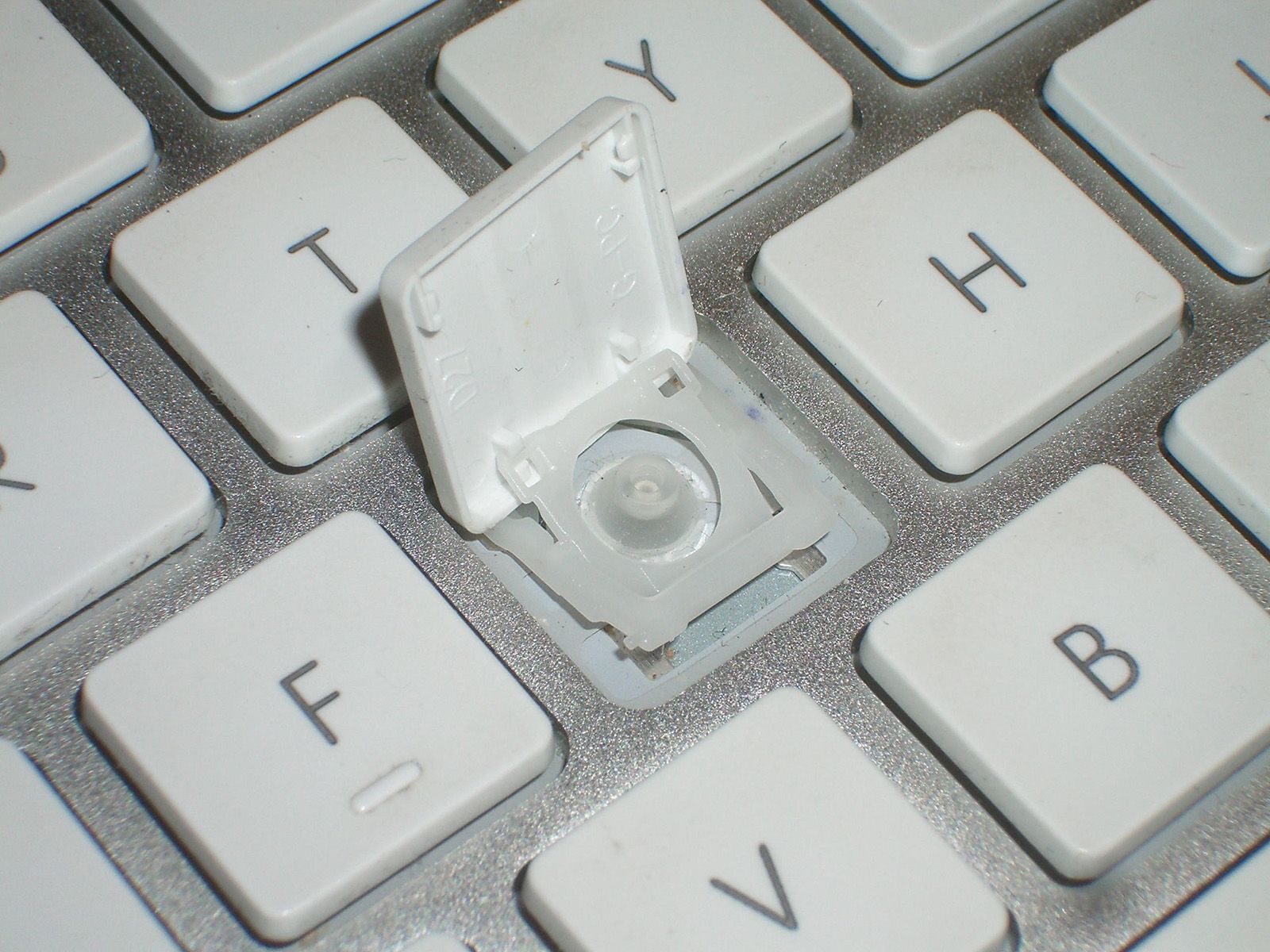
The other major switch type is mechanical, which is a blanket term that includes switches that operate on optical and other nonsense. Mechanical switches like the Cherry MX switches most people are familiar with use some sort of mechanical mechanism to make a connection in the PCB. They are typically have a longer travel distance, and also actuate mid-press instead of on bottom out, which just means that the signal is sent before you hit the bottom of the keyboard. Many mechanical switches have 3.5mm-4mm travel distance, though there are some half-sized ones as well as longer ones. There is really only one remaining major style of mechanical switch, which is the MX style initially created by Cherry GmbH, hence the original "Cherry" switches. Alps used to be the other major alternative, once produced by アルプス電気株式会社, but has largely fallen out of favor due to the widespread adoption of MX switches. There are, of course, other mechanical switches, some of which aren't used in keyboards at all.
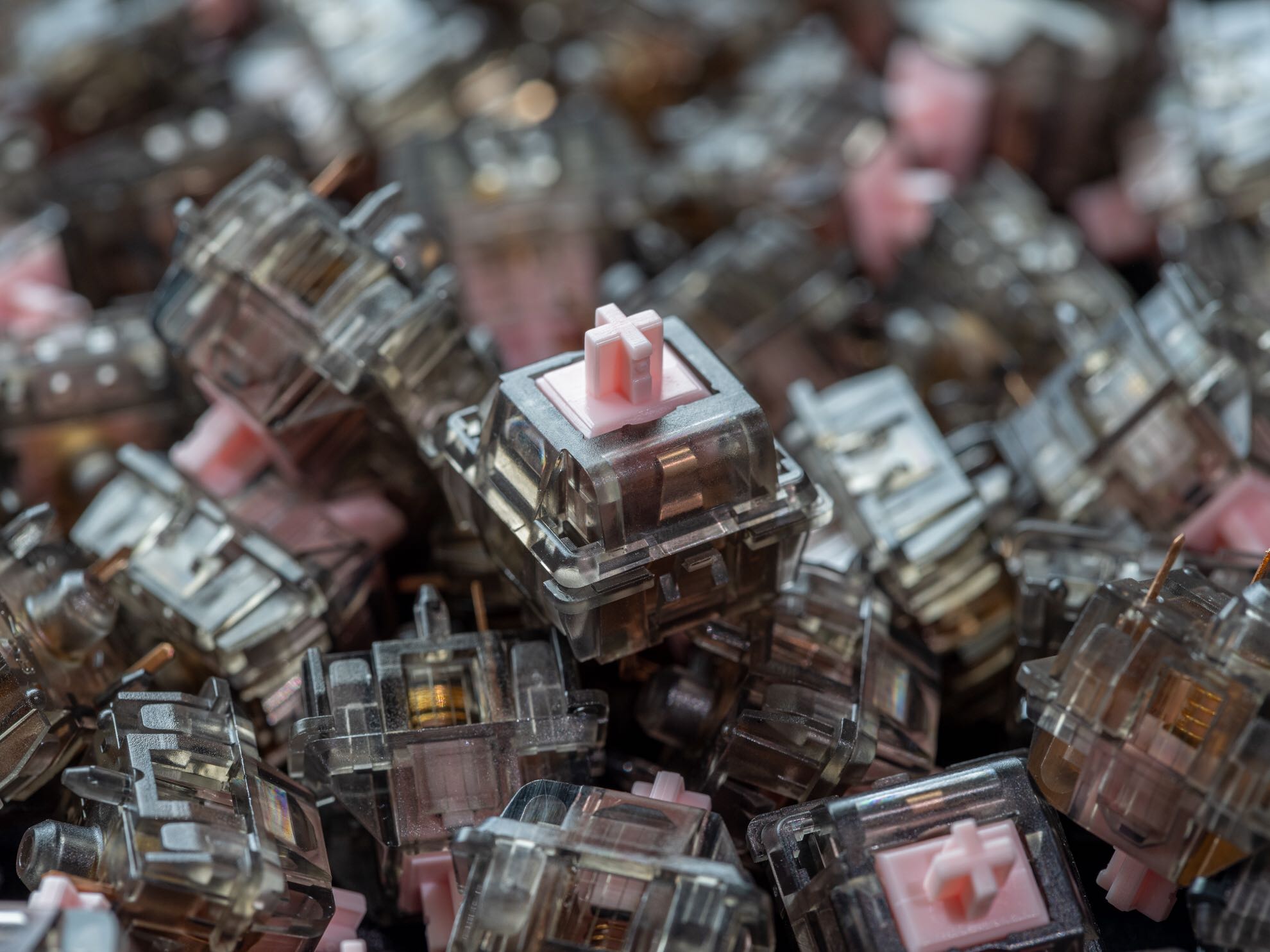
Styles of switches
Switches come in two styles: linear and tactile. Linear switches are simple and have a consistent feel, not unlike sliding. They're pretty much universally desired for their smoothness, and scratchy linears are considered quite awful to type on. Tactile switches are slightly more interesting, with a bump near the actuation point that acts as tactile feedback for the typist. Most people enjoy the sensation since it lets them avoid bottom out, which can be fatiguing on stiffer keyboards.
Clicky switches are just switches with some sort of mechanism to make an audible sound when the actuation point has been reached. They come in both linear and tactile variants, and with varying degrees of piercing sound levels. Most of them are at least slightly tactile if the mechanism is physical, such as a click jacket or click bar.
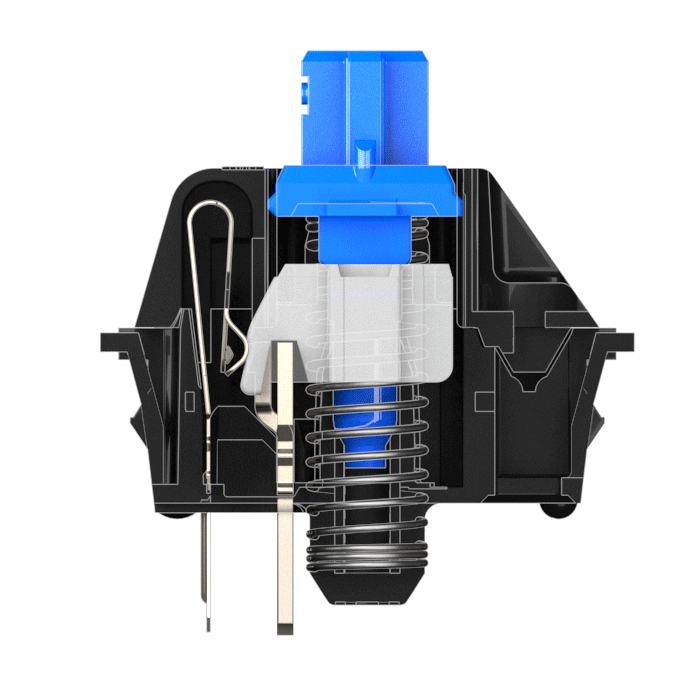
MX Colors
Fortunately for newcomers, the basic MX switch variants are consistently color-coded (for the most part) and are widely available, as well as extremely cheap. You'll find them under Cherry or Gateron, typically for around 30-50 cents per switch, or $3-$5 per 10. Here's the quick rundown:
Red / Black
Reds and blacks are linear switches. Reds are much lighter than blacks, and are typically found in "gaming" keyboards; there's nothing wrong with using them for typing though. Cherry and Gateron both produce silenced versions of these as well, for the conscientious roommate. Gateron's version is called Ink Black, which is somewhat confusing. High-end "bespoke" versions of these switches include Durock Alpacas, Zeal Tealios, and Tangerines. You almost always want to have these lubed if possible; the feel is greatly improved (and easily blind testable, if you're wondering about snake oil).
One note: Gateron produces "Clear" switches, and they are nothing like Cherry MX Clears. Gateron Clears are extremely light 35g linear switches that actuate when you rest your hand on them. Fascinating, but strange.
Brown
Browns are the tactile switches, with similar actuation force to the reds. Cherry MX Brown is pretty notably awful, with barely any bump and a fairly rough feel. Nothing wrong if you do enjoy them, but you'll probably like either true linears or bumpier tactiles better. Gateron Browns are closer to what most MX tactiles feel like. For a long time, Zealios switches were the best, rounded tactile experience you could acquire. Fortunately, these days you can get all sorts of interesting tactile switches, including silenced ones.
Cherry MX Clears, contrary to Gateron Clears, are extremely heavy 100g tactile switches with a very pronounced bump, though extremely scratchy. Some people liked this quite a bit, though I confess it's not my thing and I find it fatiguing quite quickly.
Blue
Blues are tactile clicky switches that use a click jacket to produce the snappy sound. They're quite annoying, so I would advise you to avoid purchasing these if you live with mammals. They actuate slightly later than reds and browns, but most people probably won't notice the difference. I highly recommend avoiding Cherry MX Blue if you can; the click jacket isn't very good, and the sound is quite "crunchy" instead of snappy. If you're intent on experiencing the best clicky switches have to offer, you're probably best off getting Kailh Box clickies (which use a click bar) or the very expensive Zealiostotle modded switch, which uses a far superior click jacket.
Greens are just a heavier version of Blues. Cherry also produces a White switch, which is more or less the same as the Green.
Topre?
Well, Topre isn't a mechanical switch. It's an "electro-capacitative" rubber dome switch. The mechanics behind it are fascinating, or so I'm told. Topre switches are produced exclusively by 株式会社PFU, and found almost exclusively on Topre keyboards. They're quite expensive if you're just getting into the hobby, but due to the difficulty in sourcing Topre PCBs, no one really makes custom Topre keyboards - just custom cases for existing Topre keyboards.
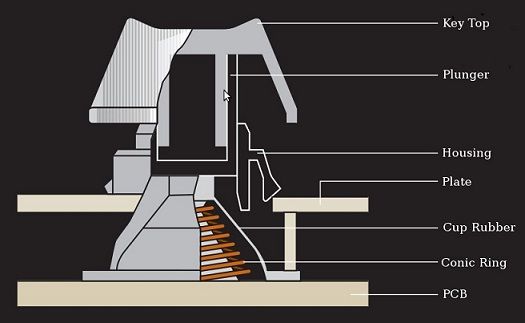
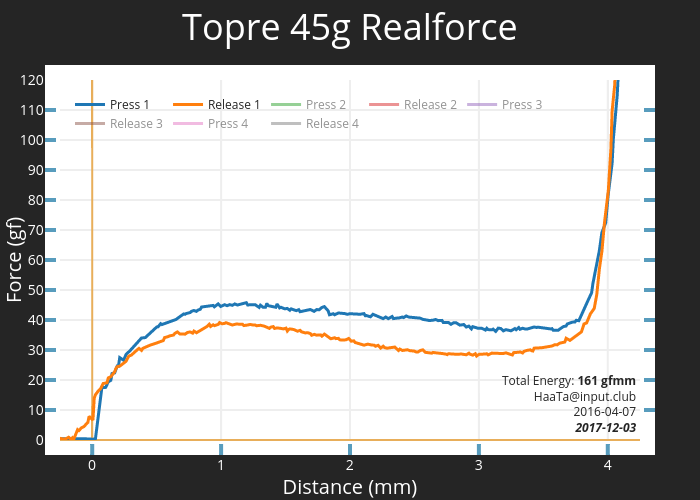
Topre is a really interesting tactile experience that starts at the beginning of the keypress, instead of near the middle. It actuates right when the rubber dome collapses as part of it's electro-capacitative mechanism, making it feel very snappy. Topre domes are honestly fascinating but somewhat polarizing, so I would definitely try before you buy. I personally enjoy them quite a bit, and the HHKB is one of my favorite keyboards to use for work.
Topre is a portmanteau of Tokyo Press, and the Japanese pronunciation of it is to-pu-re (トプレ). Besides PFU keyboards, they're also found on the Leopold FC660C and CoolerMaster NovaTouch.
Alps?
Unfortunately, Alps switches are far too complex due to inconsistent catalogs from the early 90s and their exit from the mechanical keyboard scene in 2012. There are a dizzying number of Alps switches and variations, and that's not even mentioning the large number of Alps clones out in the market. Your best bet is to visit Deskthority for more details on all of the intricacies.
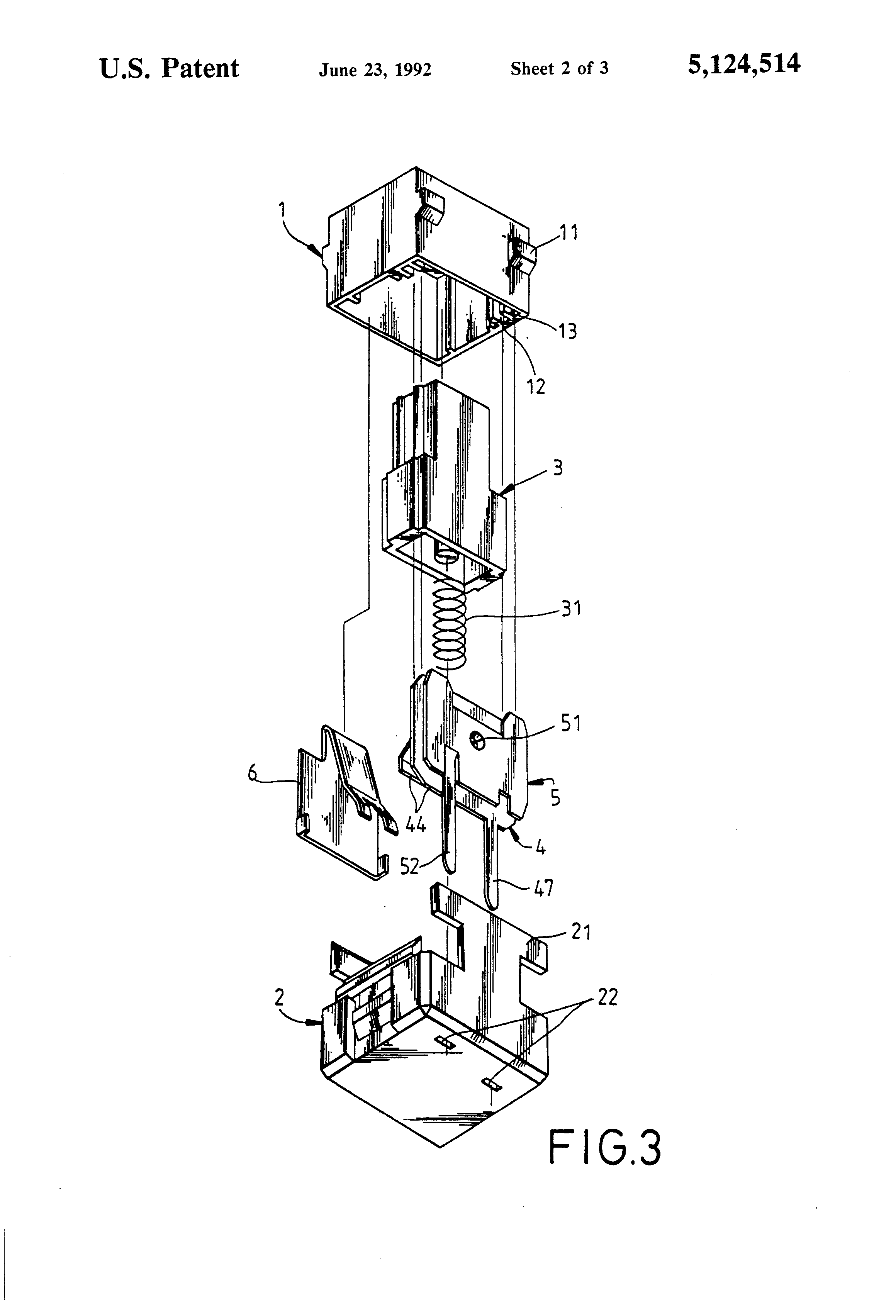
(Also, Alps SKCM Green are the best switches they ever produced, and good luck ever finding any.)

